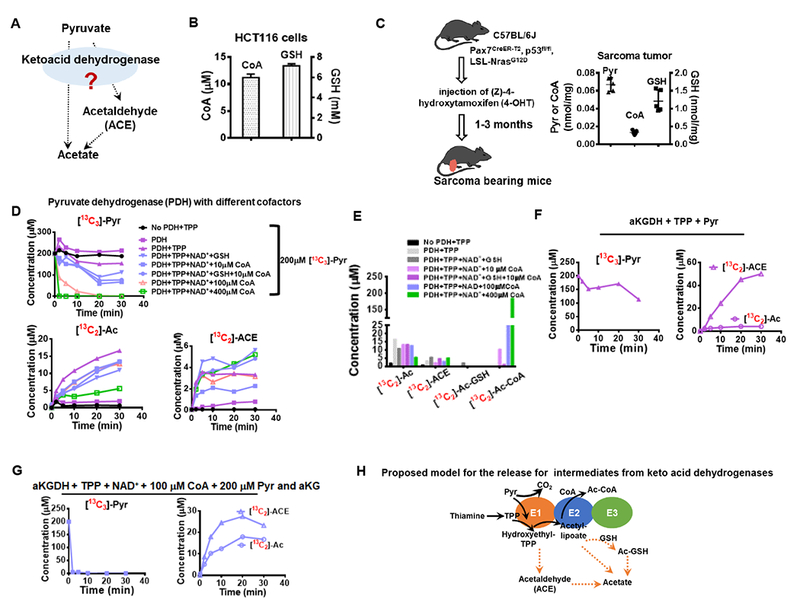Figure 3. Conversion from pyruvate to acetate is catalyzed by mammalian PDH in a thiamine dependent manner.

(A) Release of acetate and acetaldehyde from pyruvate is possibly catalyzed by keto acid dehydrogenases, especially pyruvate dehydrogenase (PDH). (B) Intracellular CoA and GSH concentrations in HCT116 cells. (C) CoA and GSH concentrations in mouse sarcoma tumors. (D) Conversion of pyruvate (200 μM) to acetate and acetaldehyde by PDH over 30 min in the absence or presence of cofactors. (E) Production of pyruvate-derived acetate, acetaldehyde, Ac-CoA and Ac-GSH after 30 min incubation with PDH. Consumption of pyruvate and production of acetaldehyde and acetate by alpha-ketoglutarate dehydrogenase supplemented with TPP in the absence (F) or the presence (G) of other cofactors and alpha-ketoglutarate (aKG, 200 μM). (H) Proposed model for acetate release from pyruvate catalyzed by keto acid dehydrogenase. Values are expressed as mean ± SD of n=3 (HCT116 cells) and n=5 (mouse) independent measurements. See also Figure S3.
